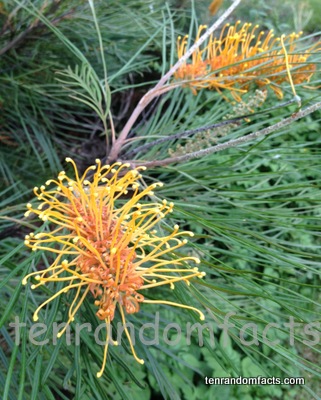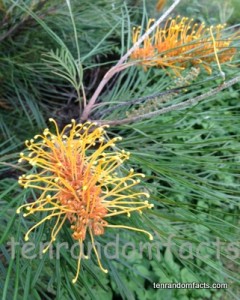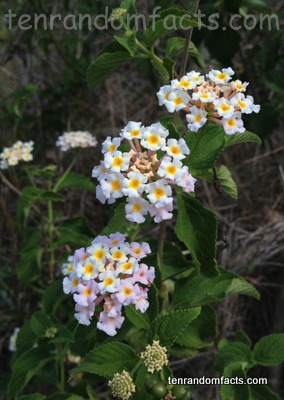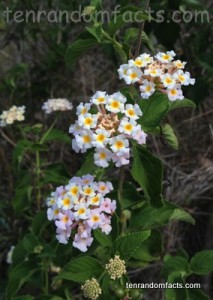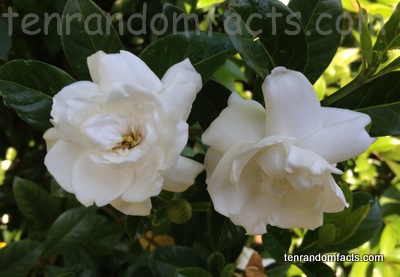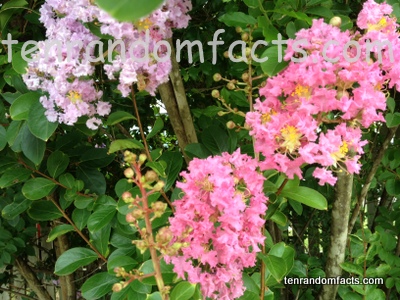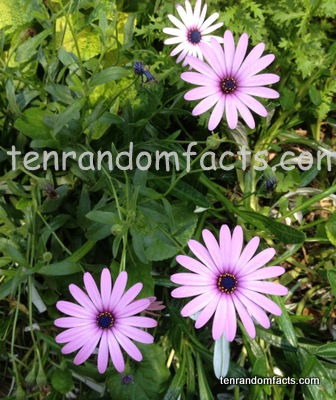
Don’t get dazy with daisies.
- African daisies are flowering plants from the sunflower and daisy family, Calenduleae and include approximately 50 species.
- African daisies are also known as South African, Cape or blue eyed daisies.
- The scientific name of the African daisy is Osteospermum and all plants in this species are perennials although they do not like freezing conditions.
- The scientific name of the African daisy, Osteospermum, comes from the Greek and Latin words ‘osteon’, meaning bone, and ‘spermum’, meaning seed.
- African daisies have white, cream, pink, purple, mauve or yellow flowers
- The perennial African daisies, Osteospermum, are often confused with the annual, Dimorphotheca, which have a more orange and yellow flower colour range.
- African daisies are native to Africa.
- Some cultivars of the African daisy have fascinating spoon shaped petals.
- African daisies thrive in sunny and warm habitats.
- New species of the African daisy are still been discovered.




